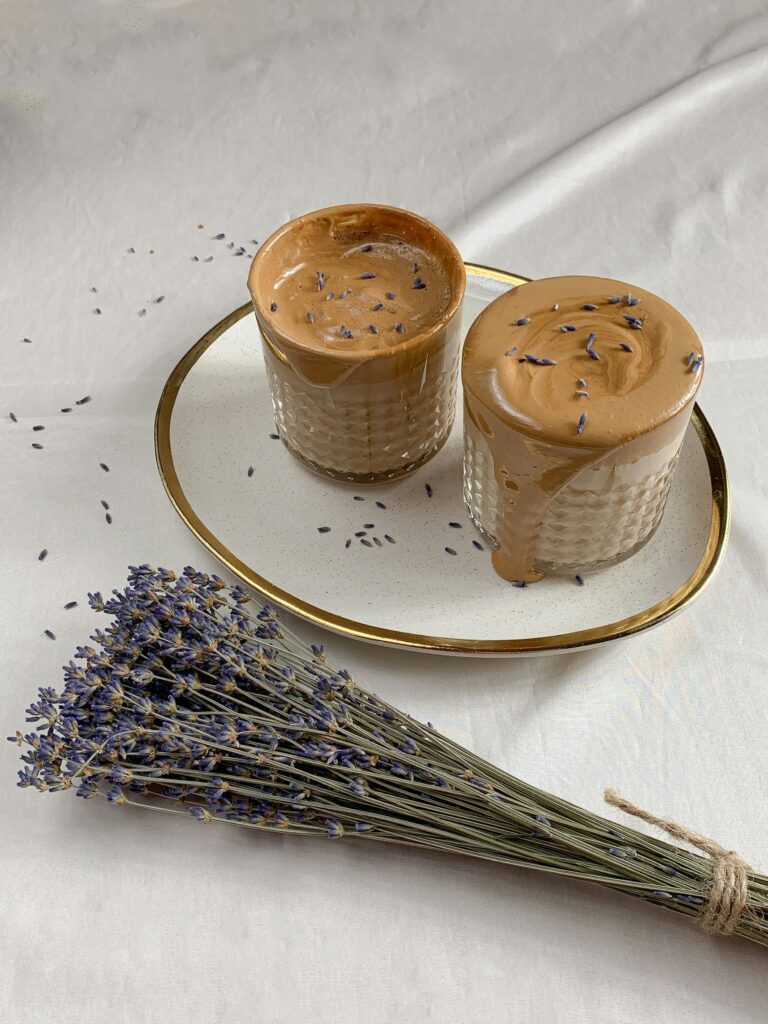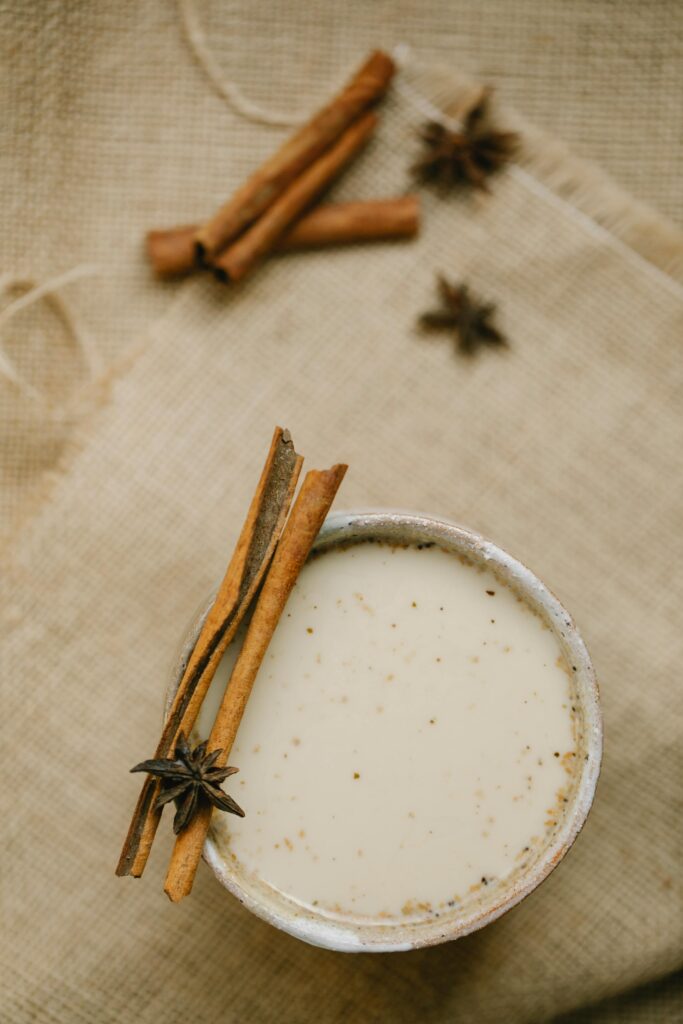In Pakistan, tea is more than just a drink — it’s a daily ritual, a sign of hospitality, and a comfort in every season. Among the countless varieties, two stand out as household favorites: doodh patti and chai.
While they might look similar to an untrained eye, these two drinks are prepared differently, taste unique, and carry distinct cultural associations. This guide will take you through their meanings, origins, differences, and why both have an unshakable place in Pakistani hearts.
1. Introduction to Doodh Patti and Chai
For someone new to Pakistani tea culture, doodh patti and chai can be confusing. Both involve tea leaves, milk, and sugar — but the preparation method changes the taste, texture, and even how each is enjoyed socially.
In short:
- Doodh Patti: Tea brewed entirely in milk.
- Chai: Tea brewed in water first, then milk is added.
2. What is Doodh Patti?
2.1 Meaning and Origin
The term doodh patti comes from Urdu and Hindi: doodh means milk, and patti means tea leaves. This drink is prepared without water, relying solely on milk as the base liquid.
It’s believed doodh patti originated in small tea shops (dhabbas) that wanted to serve a richer, creamier tea to customers willing to pay a bit more than the standard chai drinker.
2.2 Ingredients
- Fresh buffalo milk (preferred for creaminess)
- Strong black tea leaves (Assam or Kenyan varieties)
- Sugar (or gur for a caramel flavor)
- Optional spices (cardamom, cinnamon)
2.3 Traditional Preparation
The milk is brought to a gentle boil, tea leaves are added, and the mixture is simmered slowly to allow deep infusion. The slow brew develops a velvety texture and a strong aroma.
3. What is Chai?
3.1 Meaning and Origin
In Pakistan, chai refers to a type of milk tea where tea leaves are brewed in water before milk and sugar are added. This method originated in the Indian subcontinent during British colonial times, influenced by both British tea drinking habits and local preferences.
3.2 Ingredients
- Water
- Strong black tea leaves
- Milk (cow or buffalo milk)
- Sugar
- Optional spices (ginger, cardamom, fennel seeds)
3.3 Traditional Preparation
Tea leaves are boiled in water for a few minutes, releasing a strong, tannin-rich flavor. Milk is added to balance the bitterness, and the mixture is brought to a boil again before serving.
4. Doodh Patti vs Chai – Key Differences
4.1 Base Liquid
- Doodh Patti: Entirely milk-based.
- Chai: Water-based with milk added later.
4.2 Brewing Method
Doodh patti requires slow simmering in milk; chai is quicker to brew since water boils faster.
4.3 Flavor Profile
- Doodh patti is creamier, richer, and sweeter.
- Chai has a lighter taste with a more noticeable tea flavor.
4.4 Strength
Doodh patti has a full-bodied texture; chai can be strong in caffeine but feels lighter in the mouth.
4.5 Cost
Doodh patti uses more milk, making it slightly more expensive than chai.
5. Cultural Significance
5.1 Urban vs Rural Preferences
- Urban areas: Doodh patti is seen as a café specialty or indulgent treat.
- Rural areas: Chai is preferred for everyday drinking due to cost and practicality.
5.2 Social Occasions
Chai is the standard offering to guests, while doodh patti is often reserved for close friends or special occasions.
6. Which One is Healthier?
6.1 Nutritional Comparison
| Nutrient | Doodh Patti (per cup) | Chai (per cup) |
|---|---|---|
| Calories | 150–200 | 80–120 |
| Fat | Higher | Moderate |
| Protein | Higher | Moderate |
| Sugar | Varies | Varies |
6.2 Health Factors
- Chai is lighter and easier to digest.
- Doodh patti offers more calcium and protein but can be heavy if consumed in excess.
7. Popular Variations
- Masala Doodh Patti – With cinnamon, cardamom, and cloves.
- Gur Doodh Patti – Sweetened with jaggery for a rustic taste.
- Adrak Chai – Chai infused with fresh ginger.
- Elaichi Chai – Chai flavored with cardamom pods.
8. Step-by-Step Recipes
8.1 Doodh Patti
- Add 1 cup fresh milk to a saucepan.
- Bring to a gentle boil.
- Add 1 tsp tea leaves and sugar.
- Simmer for 5–7 minutes.
- Strain and serve in a small cup.
8.2 Chai
- Boil ½ cup water with 1 tsp tea leaves.
- Add ½ cup milk and sugar.
- Boil again for 2–3 minutes.
- Strain and serve in a mug or glass.
9. Myths and Misconceptions
- Myth: Doodh patti is stronger — Fact: Strength depends on tea-to-liquid ratio.
- Myth: Chai is bland — Fact: With the right spices, chai can be equally bold.
10. FAQs

Q1: Which is better for winter?
A: Doodh patti for warmth and creaminess.
Q2: Which is more common in Pakistan?
A: Chai, because it’s cheaper and faster to make.
Q3: Can doodh patti be made with skimmed milk?
A: Yes, but it will be less creamy.
Conclusion – Which Should You Choose?
If you’re looking for a rich, indulgent cup, doodh patti is the winner. For a lighter, more balanced tea, chai is ideal. The beauty of Pakistani tea culture is that you don’t have to choose — you can enjoy both depending on your mood and the occasion.
read more
- matka chai
- masala chai
- tea for beginners
- lavender tea
